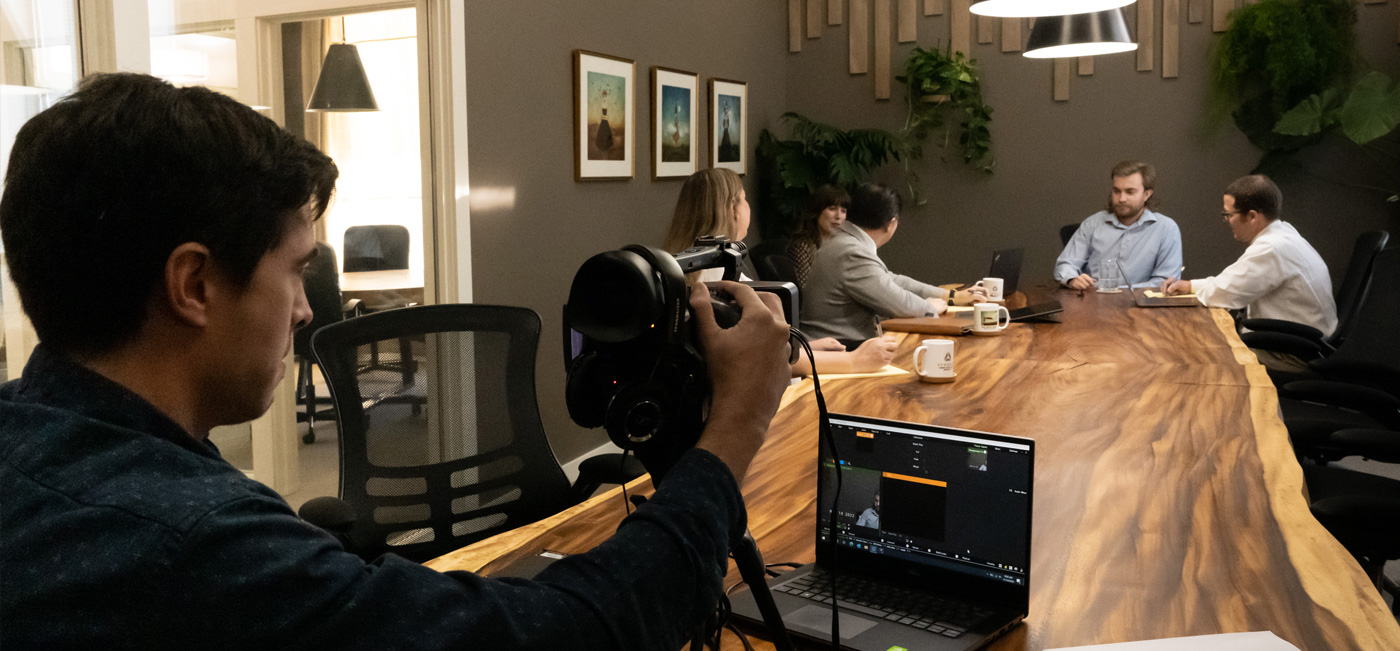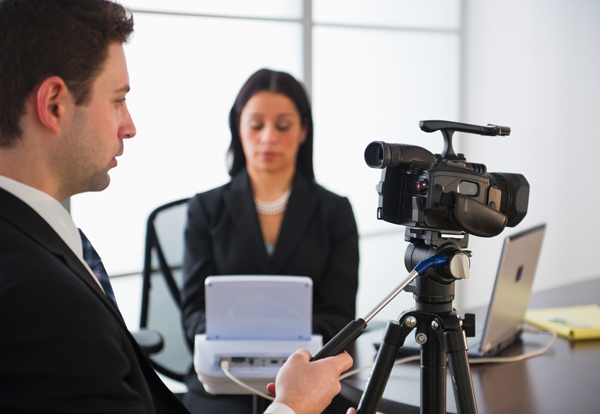Exploring the Systems of Lawful Videography: Introduction Its Procedure in Safeguarding Authentic Visual Testimony for Judicial Proceedings
In the realm of judicial procedures, the duty of lawful videography stands as a cornerstone in preserving and offering aesthetic proof. As modern technology proceeds to breakthrough, the mechanisms behind lawful videography have actually become significantly elaborate, providing an essential layer of authenticity to testimonies caught on video clip.
Historical Development of Lawful Videography
Checking out the historical development of lawful videography reveals a considerable change in the catching and discussion of visual proof within the lawful landscape. In the past, lawful process greatly depended on composed records and pictures to document events and supply proof. With the advent of video clip innovation, the legal industry witnessed a paradigm change in how aesthetic testament was recorded and offered.
The evolution of lawful videography can be traced back to the late 20th century when developments in video recording tools made it more available for use in courts. This technological advancement not only enhanced the precision and integrity of aesthetic proof however also transformed the means instances were offered to juries and courts (Legal Videography). Lawyers started to acknowledge the influential power of video recordings in conveying feelings, nuances, and non-verbal hints that created records or photographs alone can not capture efficiently

Technology Innovations in Video Clip Paperwork
What crucial technical improvements have transformed video clip paperwork in the lawful field? The lawful area has seen substantial innovations in video clip documentation innovation that have actually improved the credibility and reliability of aesthetic proof in judicial procedures. Among the key improvements is high-definition (HD) video recording abilities, which provide crystal-clear images and sharp information that are critical for accurately recording testimonies, facial expressions, and other visual hints. Additionally, the integration of timestamping and metadata features in video documents tools has made it possible for accurate paperwork of when and where the video was videotaped, making certain the integrity of the evidence provided in court.
Moreover, developments in video file encryption and watermarking modern technologies have bolstered the safety and security and tamper-proof nature of video clip proof, protecting it against unauthorized modifications or meddling. The development of cloud storage services and remote accessibility capabilities has structured the storage space, retrieval, and sharing of video proof, facilitating smooth collaboration amongst legal professionals and making sure efficient access to essential aesthetic testimonies when needed. These technical developments in video clip documentation have most certainly transformed the lawful area, boosting the precision, integrity, and admissibility of aesthetic evidence in judicial procedures.
Role of Lawful Videographers in Court Room Settings
The evolution of video paperwork modern technology in the lawful field has necessitated an important duty for lawful videographers in court room setups, ensuring the integrity and dependability of visual testimonies offered throughout judicial procedures. Legal videographers play an essential duty in catching and maintaining accurate aesthetic evidence that can be pivotal in litigation. Their obligation includes setting up devices, tape-recording proceedings, and producing high-grade video clips that properly mirror the occasions in the court room.
In court setups, legal videographers have to stick to stringent standards and requirements to preserve the authenticity of the visual record. They have to possess an eager eye for information and an extensive understanding of lawful procedures to guarantee that the video they capture is a true representation of the occasions that transpired. Additionally, legal sites videographers frequently work very closely with legal teams to guarantee that the video evidence straightens with the instance's needs and can be properly provided in court to support the legal disagreements being made. On the whole, the role of lawful videographers in courtroom setups is vital in upholding the concepts of justice and guaranteeing the transparency of legal procedures.

Ensuring Admissibility and Honesty of Video Clip Proof
To maintain the reputation of visual evidence offered in lawful proceedings, guaranteeing the admissibility and integrity of video proof is a critical responsibility for lawful videographers. Admissibility refers to the acceptance of evidence by the court, and for video proof to be permissible, it needs to meet specific requirements. Legal videographers play a critical function in making sure that the videos they record abide by the guidelines of proof, such as reliability, significance, and credibility.
Honesty of video clip evidence involves keeping the originality and precision of the video footage from the time it is tape-recorded until it is provided in court. This consists of safely saving the video clip documents, documenting the chain of custody, and protecting against any type of meddling or modifications. Lawful videographers must comply with strict methods to assure the honesty of the video clip proof and stop any kind of difficulties to its authenticity.
Future Trends in Legal Videography
Provided the enhancing dependence on technology in lawful procedures, lawful videographers are poised to accept cutting-edge improvements shaping the future of aesthetic testament capture and discussion. One of the noticeable fads imminent is the integration of digital truth (VR) and boosted truth (AR) technologies into legal videography. These technologies have the potential to change just how visual proof exists in courts, permitting courts and juries to submerse themselves in the scene of the crime or case.
Additionally, using expert system (AI) formulas for video clip analysis is anticipated to improve the procedure of evaluating and assessing big quantities of video footage. AI can aid in determining vital moments, abnormalities, and patterns within videos, improving the performance of legal examinations.

Conclusion
To conclude, legal videography has actually played an important duty in offering genuine visual proof for judicial proceedings. With technical developments and the proficiency of lawful videographers, the integrity and admissibility of video proof are guaranteed in court room settings. As legal videography remains to develop, it will certainly be vital to maintain criteria that maintain the accuracy and dependability of why not try these out aesthetic testimony for the future of legal process.
Examining the historic development of lawful videography reveals a considerable makeover in the capturing and presentation of aesthetic proof within the lawful landscape.The evolution of video documentation innovation in the lawful area has necessitated a critical role for legal videographers in court setups, making certain the honesty and reliability of visual testimonies provided during judicial procedures. In addition, lawful videographers often work closely with legal teams to guarantee that the video evidence aligns with the case's requirements and can be efficiently provided in court to support the legal disagreements being made.To preserve the trustworthiness of aesthetic evidence provided in legal you could try this out proceedings, guaranteeing the admissibility and integrity of video evidence is a critical responsibility for lawful videographers. As lawful videography proceeds to advance, it will certainly be crucial to promote criteria that keep the precision and dependability of visual testimony for the future of legal process.